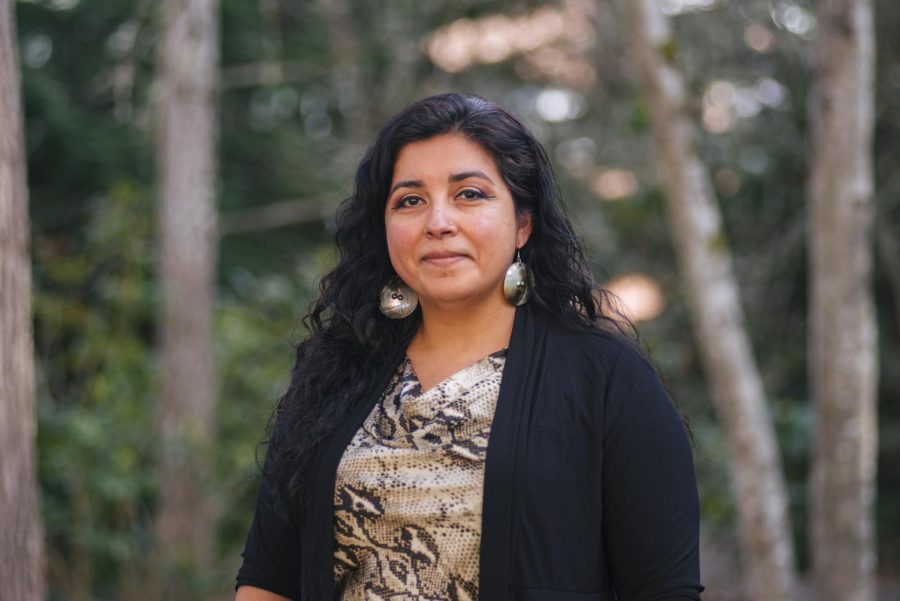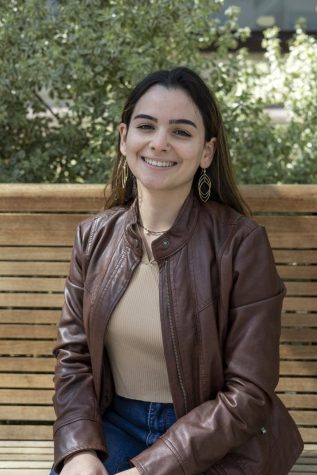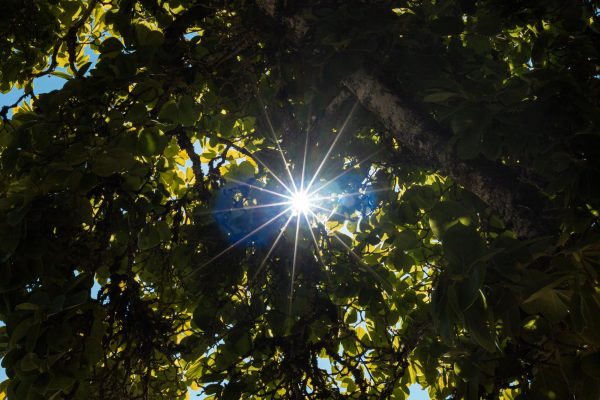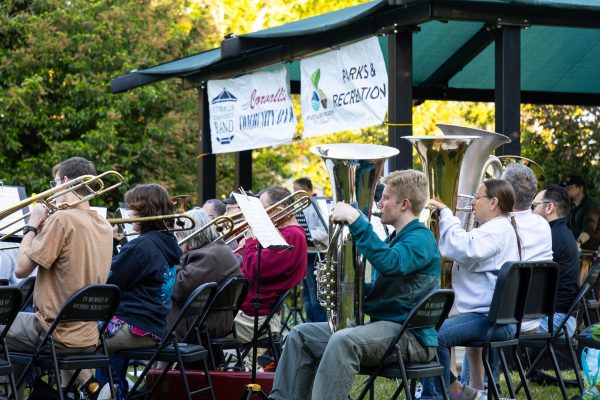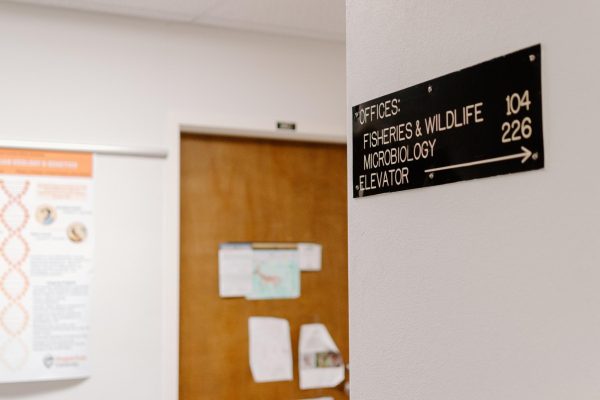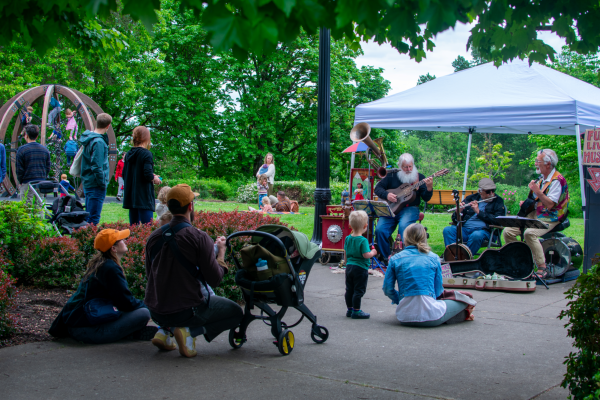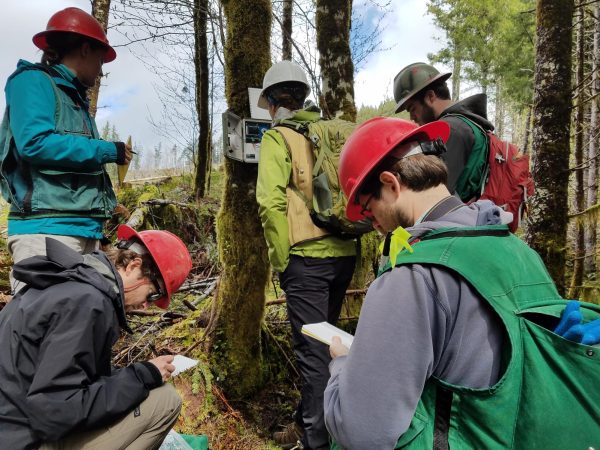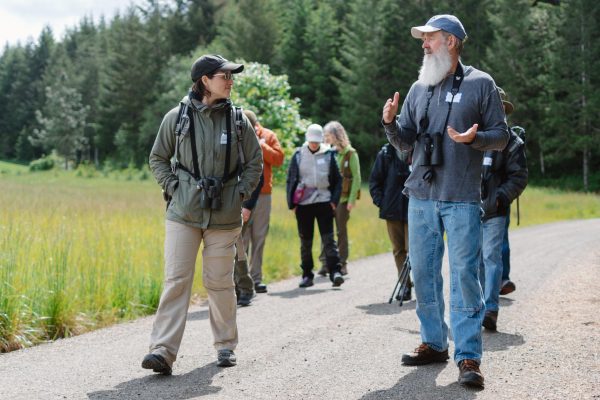OSU researchers, Corvallis leaders advocate for documenting, recognizing women’s history
Photo of Luhui Whitebear who is stepping down as center director of Kaku-Ixt Mana Ina Haws.
March 27, 2022
Oregon State University researchers and Corvallis, Ore. leaders are working to document women’s history, from preserving women’s stories through records and exhibits to the Corvallis School District recognizing Women’s History Month for the first time.
The Special Collections and Archives Research Center collects personal papers of women, organizational records of women’s groups and clubs and records of university departments that fall into all of these areas, such as the Hattie Redmond Women and Gender Center on the OSU campus and the President’s Commission on the Status of Women, which advises OSU administration about the status of women at the university.
Outside the scope of collections, the SCARC instructors teach classes centered on women’s stories in the history of OSU and Corvallis. SCARC curators host oral histories with diverse groups of women, including women in STEM, or science, technology, engineering and math, women brewers and those who identify as LGBTQIA+.
As a research center, SCARC has installed exhibits on the “crucial and significant impact women have had at OSU, both past and present,” said Rachel Lilley, the public services unit supervisor for SCARC.
“[We] are committed to continuing this work in a sustained and intentional way so we can better reflect the richness and diversity of women’s experiences in our collections and communities,” Lilley said.
Lilley suggested that researchers interested in learning more about the collections documenting Women’s History Month go to SCARC’s website and look up “Women’s History Month” using the search box at the top right corner.
In the city of Corvallis, Luhui Whitebear, center director of the Kaku-Ixt Mana Ina Haws on the OSU campus, CSD board member and CSD co-vice chair, said Women’s History Month should be an effort to highlight and help residents understand the historic struggles that women have faced, but also the contributions women have made.
This academic year was the CSD’s first year recognizing March as Women’s History Month. Whitebear was one of the sponsors for this move.
“It was to call attention to how women have been excluded from political or leadership positions historically, even things like the right to vote,” said Whitebear. “Also looking at the contributions that women have made.”
The resolution also specifically recognized trans women and girls.
“We are really specific that when we are talking about women and girls, we are talking also about trans women and girls,” Whitebear said. “That was very intentional.”
Whitebear said the CSD board classified the resolution as an “educational and functional” starting point to help students, staff and the Corvallis community learn about the complex histories of women.
Jane Nichols, research services coordinator and humanities librarian at OSU, said they would love to see the broader Corvallis community embrace Women’s History Month. Nichols said the city government, local businesses, the public library and schools should hold public events with speakers focused on women’s leadership in the community.
“I would like for it, from the outset, to be intersectional in nature,” Nichols said about Women’s History Month celebrations in Corvallis.
Intersectionality, a concept created by activists like Sojourner Truth, Audré Lorde and Kimberlé Crenshaw, is “the interconnected nature of social categorizations such as race, class and gender as they apply to a given individual or group,” according to the National Conference for Community and Justice, a human relations organization that promotes inclusion through education.
Nichols said that the lack of Women’s History Month celebration in Corvallis is because those who identify as women have “so much already going on and being demanded of them” without the additional labor of raising awareness for Women’s History Month. To properly recognize the month and organize events for the community to take part in, Nichols said there would need to be a paid position created by the city dedicated to that work specifically.












































































































